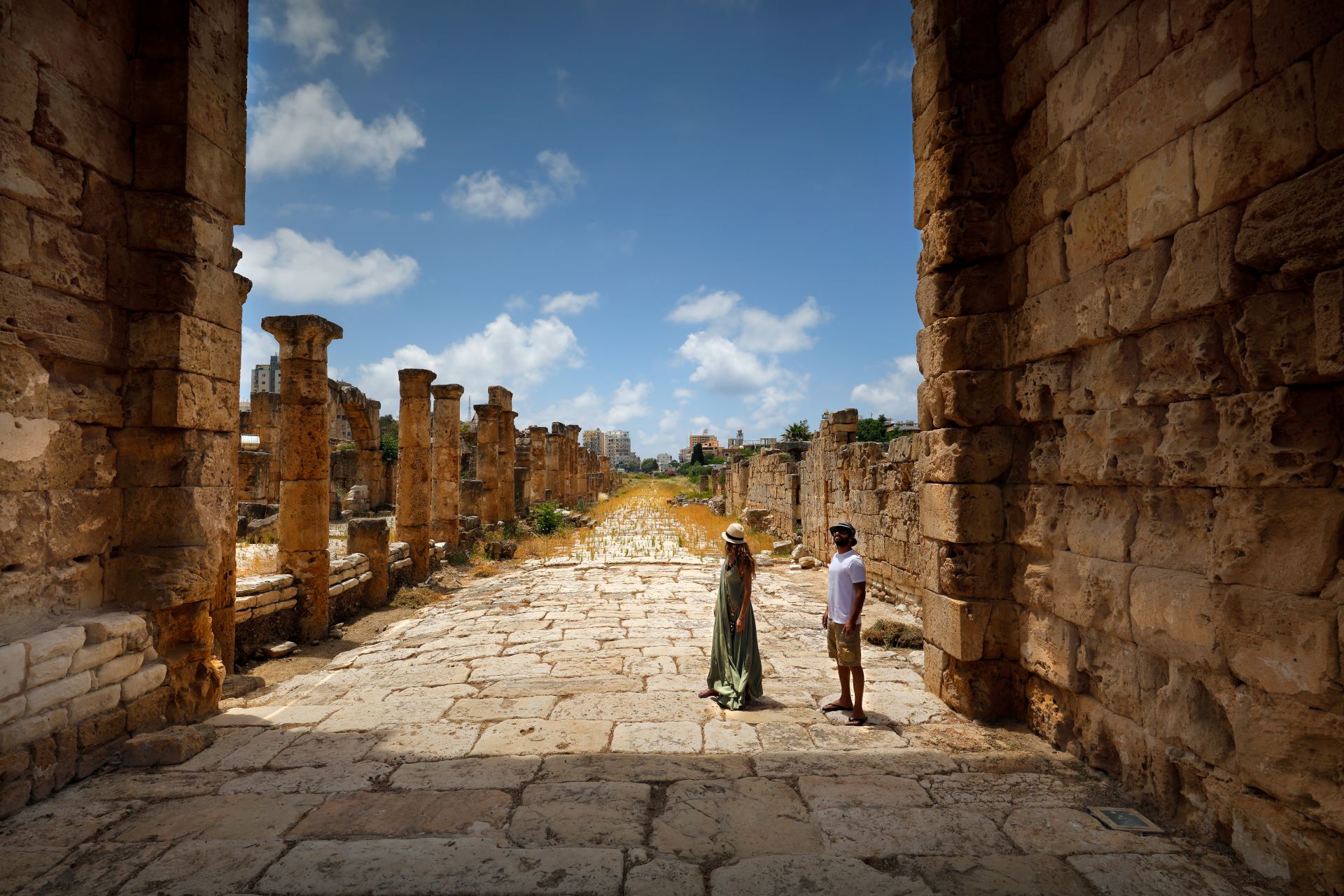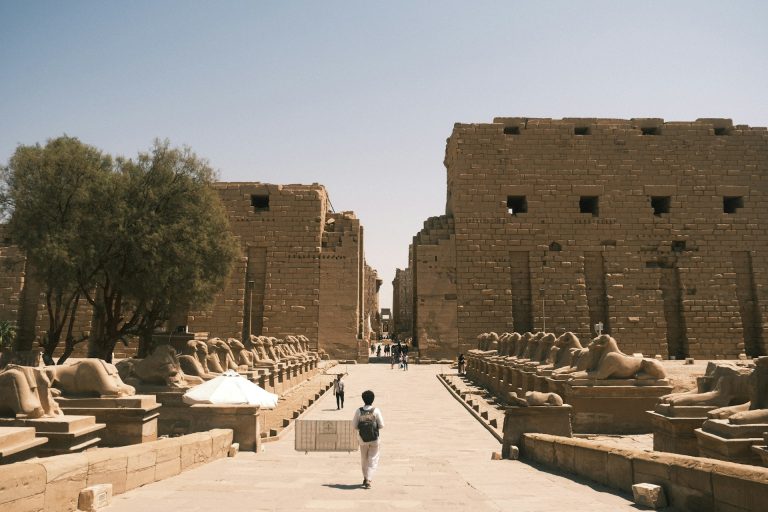Discovering Cairo: Best Historical Sites You Should Visit
Alexandria, often referred to as the Pearl of the Mediterranean, is a city that beautifully marries history with contemporary life. Walking through its streets, one can feel the echoes of ancient civilisations blending seamlessly with modern culture. This enchanting city was founded by Alexander the Great and has since been a cradle of knowledge, power, and spirituality.
One of the most fascinating aspects of Alexandria is its array of historical landmarks, each with its own story to tell. From the awe-inspiring Bibliotheca Alexandrina to the formidable Citadel of Qaitbay, the city offers a rich tapestry of experiences for visitors. These sites provide a window into Alexandria’s illustrious past and are a must-see for anyone seeking to understand the true essence of this remarkable city.
Exploring Alexandria isn’t just about visiting monuments; it’s about connecting with the very fabric of history and culture. Each landmark, cathedral, and citadel holds a piece of the puzzle that makes Alexandria such a captivating destination. Whether you’re a history enthusiast or simply curious about the ancient world, Alexandria promises an unforgettable journey through time.
Exploring the Majestic Karnak Temple Complex
The Karnak Temple Complex is one of the most impressive and expansive temple sites in Luxor. Stretching over 200 acres, it is dedicated to the Theban gods, especially Amun-Ra, and features a variety of grandiose structures. Walking through the massive Hypostyle Hall with its 134 towering columns, you can feel the might and glory of ancient Egypt. The hall, constructed by Seti I and Ramses II, is an architectural feat that leaves visitors in awe.
The complex also includes the Sacred Lake and the majestic Avenue of Sphinxes that once linked Karnak to Luxor Temple. Each section of Karnak tells a different story of the pharaohs who contributed to its construction over centuries.
The walls are covered with intricate hieroglyphs and carvings depicting scenes of battles, religious rituals, and offerings to the gods. This site is a testament to the architectural and artistic achievements of ancient Egyptian civilisation and is a must-see for anyone visiting Luxor.
Unveiling Luxor Temple: A Night Time Spectacle
Luxor Temple, located on the east bank of the Nile, is equally mesmerising. By day, its towering columns and massive statues showcase the architectural genius of ancient Egypt. By night, however, the temple transforms into a magical spectacle. Lit up by spotlights, the pillars and statues cast dramatic shadows, making it feel like the pharaohs are still watching over the temple.
The temple was primarily built by Amenhotep III and Ramses II and served as a centre of worship for the Theban Triad. One of the most striking features is the Avenue of Sphinxes, which once stretched all the way to Karnak Temple. Inside the temple, the Courtyard of Ramses II features colossal statues of the pharaoh himself, standing guard over his creation.
The walls are adorned with reliefs and inscriptions, offering a glimpse into the religious practices of the time. Attending the evening sound and light show at Luxor Temple adds another layer to your understanding and appreciation of this incredible site.
Journey Through the Valley of the Kings
The Valley of the Kings is one of Luxor’s most iconic sites. Located on the west bank of the Nile, it is the burial ground of many famous pharaohs of the New Kingdom, including Tutankhamun. This valley is filled with richly decorated tombs, each telling a unique story about the king buried within.
Most of the tombs are adorned with colourful hieroglyphs and paintings, depicting the journey to the afterlife and the gods the pharaohs would meet along the way. Walking through these tombs, you get a sense of the grandeur with which these kings were buried. One of the most famous tombs is that of Tutankhamun, discovered by Howard Carter in 1922.
Although smaller than some of the other tombs, its treasure trove of artefacts made it one of the most significant archaeological finds of the 20th century. The Valley of the Kings remains a prime location for those interested in the mysteries and treasures of ancient Egypt.
Must-See Tombs in the Valley of the Queens
While the Valley of the Kings is more famous, the Valley of the Queens is equally fascinating. This site served as the burial place for the queens of the New Kingdom, including the famous Queen Nefertari, the favourite wife of Ramses II.
Her tomb, known as QV66, is often considered the most beautiful in Egypt. The walls of Nefertari’s tomb are covered with stunning, well-preserved paintings that offer insights into the religious beliefs and artistic achievements of ancient Egypt.
In addition to Nefertari’s tomb, the valley contains the tombs of other queens, princesses, and high-ranking nobles. Each tomb has its own charm, with detailed scenes from the Book of the Dead and other religious texts that guide the deceased to the afterlife.
Exploring these tombs gives you a deeper appreciation of the role of women in ancient Egyptian society and their importance in the afterlife.
Unwind and Explore: A Traveler’s Guide to Alexandria’s Past
Luxor is a treasure trove of ancient wonders that captivate the imagination and offer a glimpse into the grandeur of Egypt’s past. From the sprawling Karnak Temple Complex to the serene and beautiful tombs in the Valley of the Queens, every site in Luxor tells a unique story. Exploring these ancient marvels allows us to step back in time and understand the significant cultural, religious, and artistic achievements of ancient Egypt.
At TaNefer Tours, we specialise in bringing these incredible sites to life with expert-guided Alexandria day tours tailored to your interests. Whether you’re an avid history enthusiast or a first-time visitor, our custom trips can help you experience the very best of Luxor. Start planning your unforgettable adventure with us today!








